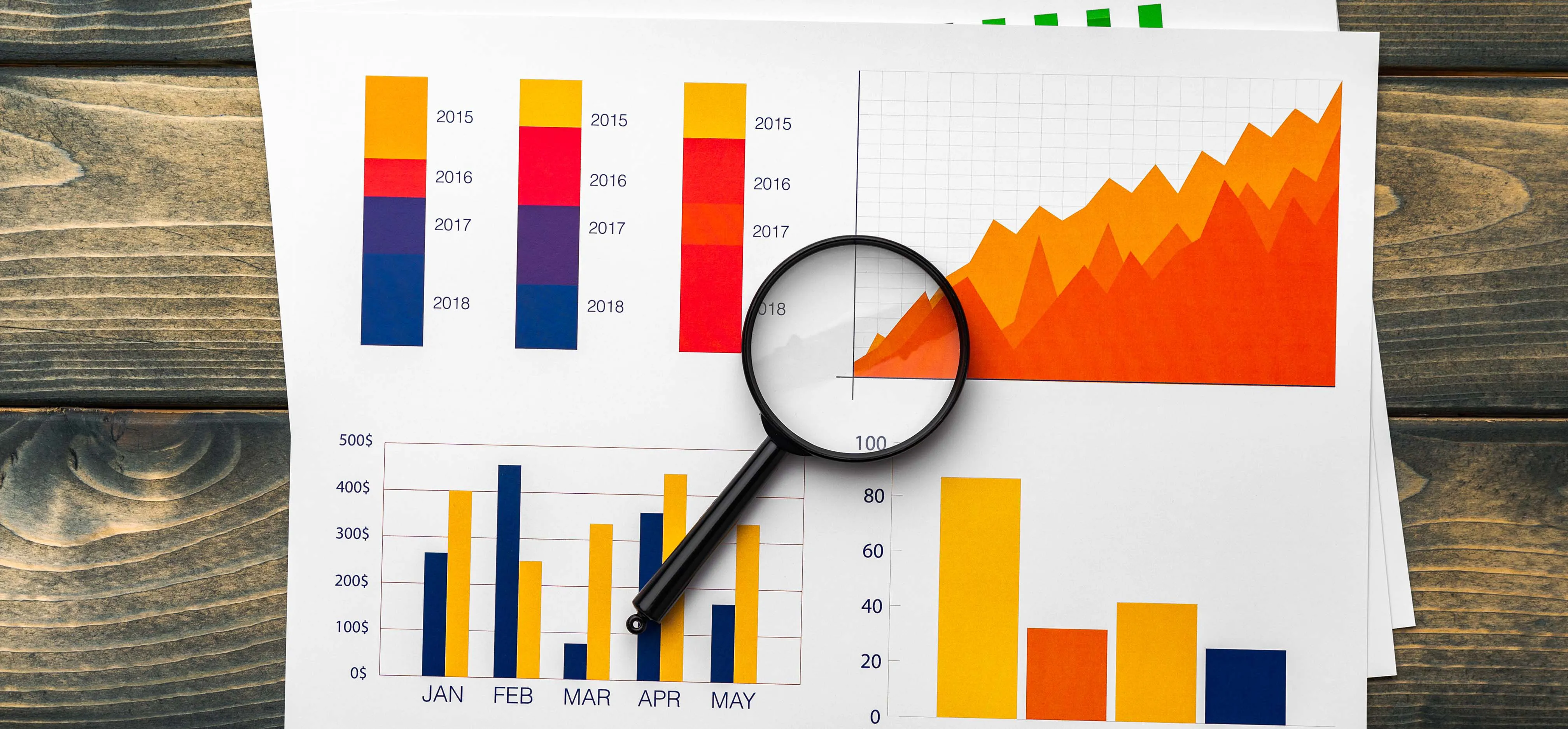Tracking accounts receivable KPIs is crucial for businesses to effectively manage their cash flow, improve payment collection, and maintain financial stability.
Key A/R performance metrics you should track
A quick recap of what's Accounts Receivable (A/R)
Accounts receivable (AR) is the amount of money owed to a business by its customers for goods or services sold on credit. It is an essential component of a company's working capital and cash flow management. Accounts receivable KPIs (Key Performance Indicators) are metrics used to measure the performance of a company's AR function. These KPIs help businesses keep track of their outstanding invoices, collections, and cash flow. In this article, we will discuss the top five accounts receivable KPIs, what they are, when to use them, and how to calculate them.
Days Sales Outstanding (DSO)
DSO measures the average number of days it takes a company to collect payment on its outstanding invoices. A high DSO indicates that customers are taking longer to pay, which can have a negative impact on cash flow. To calculate DSO, divide the total outstanding AR by the average daily sales. The result is the number of days it takes to collect payment on outstanding invoices.
Aging buckets
Aging buckets typically divide outstanding invoices into groups based on how long they have been open. For example, invoices that are 0-30 days old would be in the 1st bucket, invoices that are 31-60 days old would be in the 2nd bucket, and so on. The number of aging buckets used can vary depending on the business and its payment terms, but common aging buckets include 0-30 days, 31-60 days, 61-90 days, and 90+ days.
Using aging buckets can help businesses to identify problem areas in their accounts receivable process, such as customers who consistently pay late or invoices that are not being followed up on in a timely manner. By monitoring the number and value of invoices in each aging bucket, businesses can also get a better sense of their cash flow and predict future payment trends.
Average Collection Period (ACP)
The ACP measures the average number of days it takes a company to collect payment on its credit sales. It is calculated by dividing the average AR balance by the average daily sales. The ACP is a useful KPI for measuring the effectiveness of a company's collection efforts.
Bad Debt Ratio
The bad debt ratio is a measure of the percentage of AR that a company is unable to collect. A higher bad debt ratio can indicate issues with a company's credit and collection policies, customer creditworthiness, or financial instability. To calculate the bad debt ratio, divide the total amount of bad debt by the total amount of AR.
Collection Effectiveness Index (CEI)
The CEI measures the effectiveness of a company's collection efforts. It is calculated by dividing the total amount collected by the total amount of outstanding AR. The result is a percentage that represents how much of the outstanding AR was collected during a given period. A higher CEI indicates a more effective collection process.
Best DSO & Best Possible DSO
As mentioned, Days Sales Outstanding (DSO) is a commonly used metric to measure the average number of days it takes for a business to collect payment after a sale has been made. A low DSO indicates that the business is collecting payment quickly, while a high DSO indicates that the business is taking a longer time to collect payment.
Best DSO is the ideal DSO for your business based on your industry and payment terms. It is calculated by taking the average payment period for your industry and subtracting your payment terms. For example, if the average payment period for your industry is 60 days and your payment terms are 30 days, your Best DSO would be 30 days.
Best Possible DSO (not to be confused with Best DSO ) is a metric that indicates the lowest possible DSO that a company can achieve based on its customer payment behavior. It is a theoretical value and assumes that all customers will pay their invoices on the due date or earlier. It provides an upper limit to what a company's DSO should be, given the credit terms offered and the historical payment patterns of its customers.
Average Days Delinquent
Average Days Delinquent (ADD) is a metric that measures how many days past due your receivables are on average. It is calculated by taking the sum of the number of days each invoice is past due and dividing it by the number of invoices in your accounts receivable.
Conclusion
In conclusion, the above accounts receivable KPIs are essential metrics for any business that sells on credit. They provide valuable insights into a company's cash flow management, collection efforts, and financial health. By tracking these KPIs, businesses can identify areas for improvement, optimize their collection processes, and maintain healthy cash flow.


